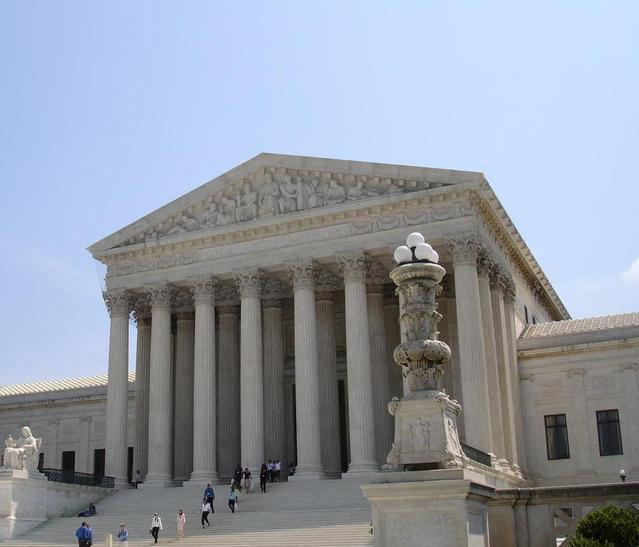How the Elite Media Proves Its Critics on Abortion Right

UPDATED: 5:50 p.m. December 4, 2021
For four days in July 1990, the Los Angeles Times examined print and television coverage of one of the nation’s most contentious issues, abortion.
Far from being off-handed or casual, the series was based on 18 months of investigation, including interviews with more than 100 reporters. The author was the paper’s media critic, David Shaw, who won a Pulitzer Prize the following year for noting the shoddy media coverage of the McMartin Preschool child-molestation case.
“Responsible journalists do try to be fair, and many charges of bias in abortion coverage are not valid,” Mr. Shaw wrote in the opener, “Abortion Bias Seeps into News.” “But careful examination of stories published and broadcast reveals scores of examples, large and small, that can only be characterized as unfair to opponents of abortion, either in content, tone, choice of language or prominence of play.”
Looking back at the series, I was struck by Mr. Shaw’s criticism of the language that reporters used, not so much individual words as the worldview the words reflect. Too many stories were one-sided, he concluded. You can guess which side that was:
Throughout the media, print and broadcast alike, coverage of abortion tends to be presented—perhaps subconsciously—from the abortion-rights perspective. When the U.S. Supreme Court ruled in the Webster case a year ago Tuesday that states could have more latitude in regulating abortion, for example, ABC News termed the decision ‘a major setback for abortion rights.’ Couldn’t it also have been called ‘a major victory for abortion opponents’? Yes. (L)egislation regulating abortion is almost invariably referred to as “hurting” poor women the most, by making them travel to states where abortion is legal–a principal argument of abortion-rights advocates. But the media never say such legislation would “help” the fetuses of poor women the most, by enabling them to develop into live babies–a principal argument of abortion opponents.
Three decades later, little has changed. At the nation’s top newspapers, reporters continue to draw conclusions about Supreme Court cases as if they came from a press release by a standard-issue, pro-choice member of Congress. A cynic might call this hackery.
A One-Sided Worldview
Consider a few stories about or related to the high court’s hearing of oral arguments in the Dobbs case on Dec. 1.
In The New York Times’ lead story after the oral arguments, reporter Adam Liptak wrote the following:
Should Roe be overturned, at least 20 states will immediately or in short order make almost all abortions unlawful, forcing women who can afford it to travel long distances to obtain the procedure.
In the Los Angeles Times, David G. Savage echoed Mr. Liptak in his lead sentence:
The Supreme Court’s conservatives sounded ready on Wednesday to severely restrict a woman’s right to choose abortion and possibly overturn Roe vs. Wade entirely.
In The Wall Street Journal, Jennifer Calfas wrote the Dobbs case could erode protections for abortion rights:
Illinois borders five states that could ban or further restrict abortion if federal protections are weakened or overturned, according to the Guttmacher Institute, a research group that supports abortion rights.
None of the three stories concluded Dobbs could represent a victory for abortion-rights opponents, let alone a move toward legal protection for unborn humans.
What readers should expect
To be sure, neither anti-abortion nor abortion-rights supporters should expect support for their position from the media. They should expect fairness. After all, the Society of Professional Journalists urges newspaper and TV reporters to be independent of the stories they cover.
Readers of the Times’ and Journal’s stories got the opposite. Instead of independence, they got stories that parroted the abortion-rights point of view.
That only reaffirms the media’s detractors in their belief the press is committed more to an ideological and political agenda than upholding professional standards of fairness and independence.
It’s a shame. The late Mr. Shaw recognized the media’s bias on abortion was often unconscious rather than a deliberate attempt to manipulate public opinion. At least three in-house media critics or ombudsman have agreed, including the Los Angeles Times‘ John Carroll in 2003, The New York Times‘ Daniel Okrent in 2004, and The Washington Post‘s Patrick Pexton in 2012.
If only the nation’s top newspapers acted as if Mr. Shaw’s landmark series, as well as the judgment of three top-flight in-house media critics, had never happened.
– 30 –

0 Comments